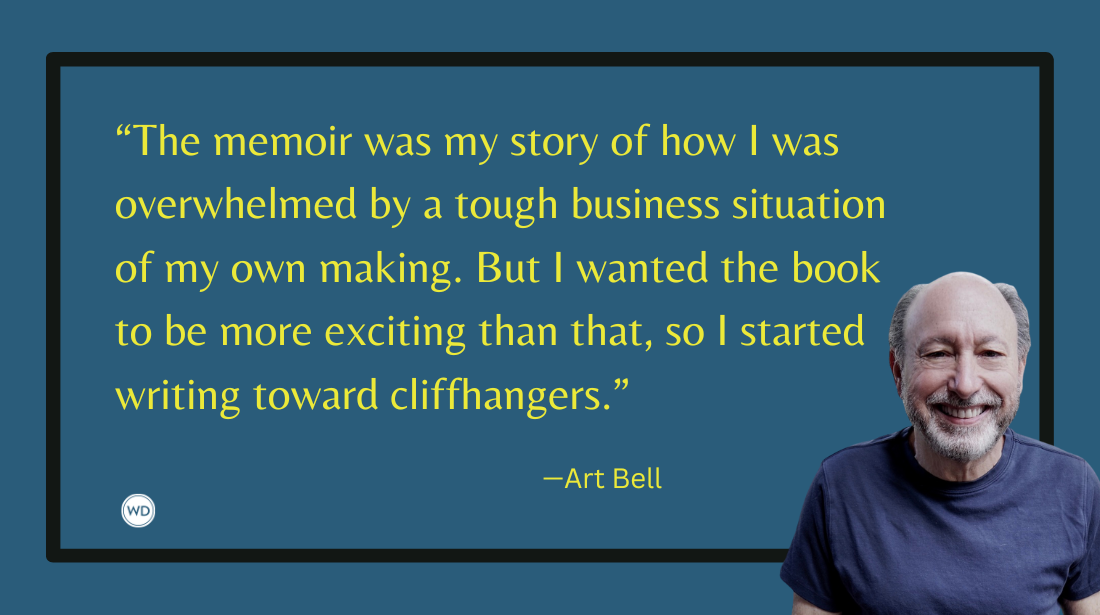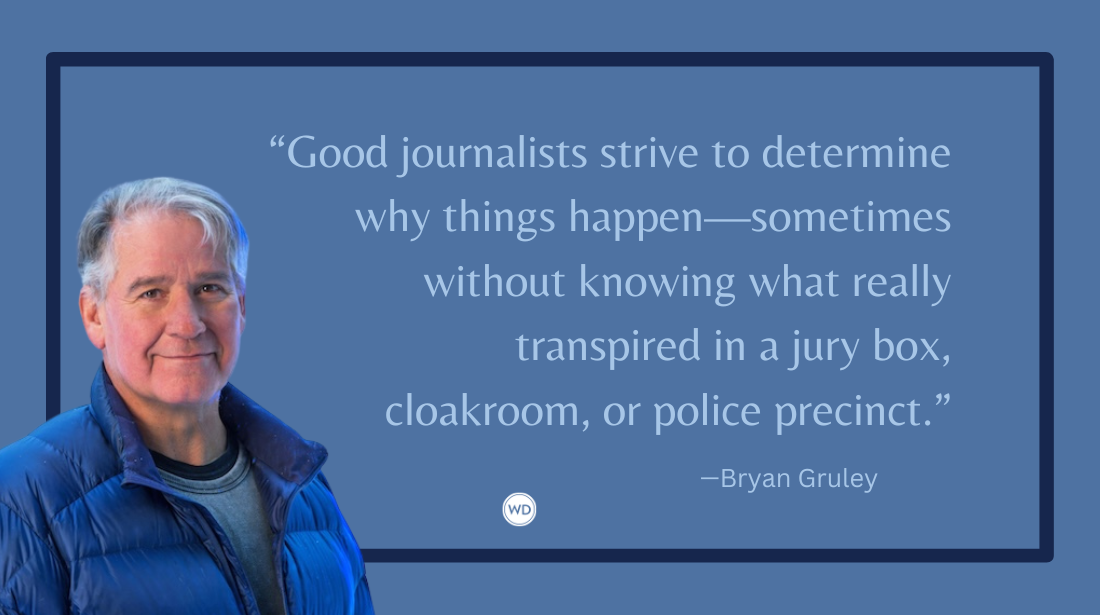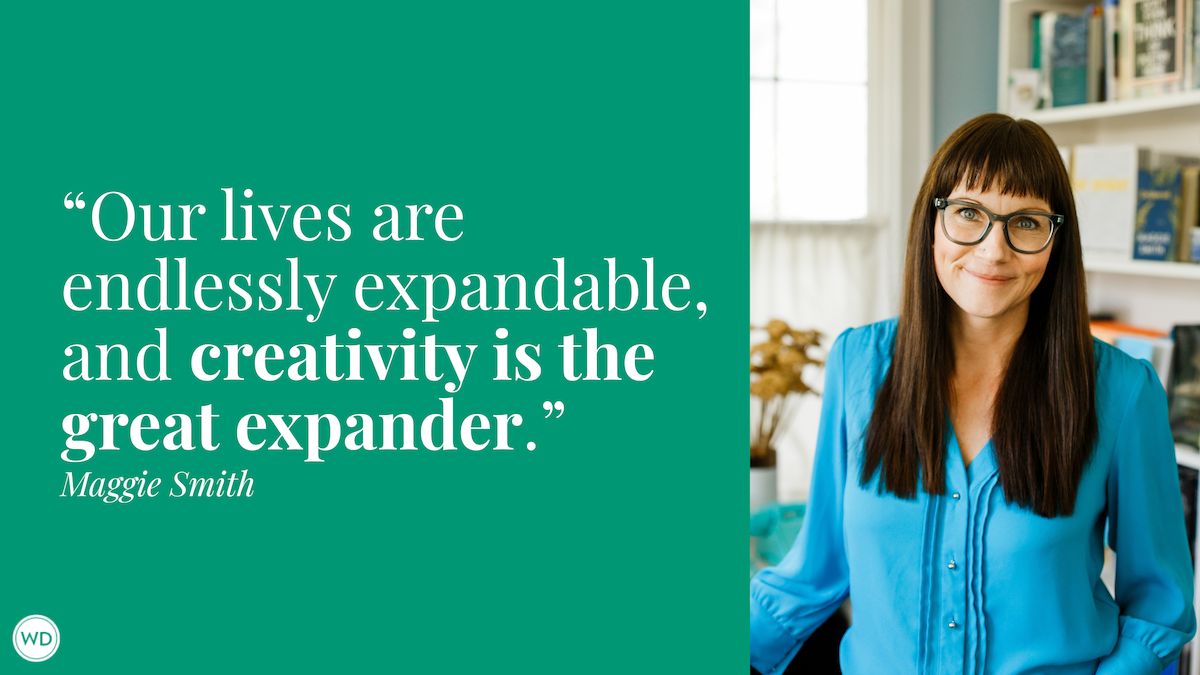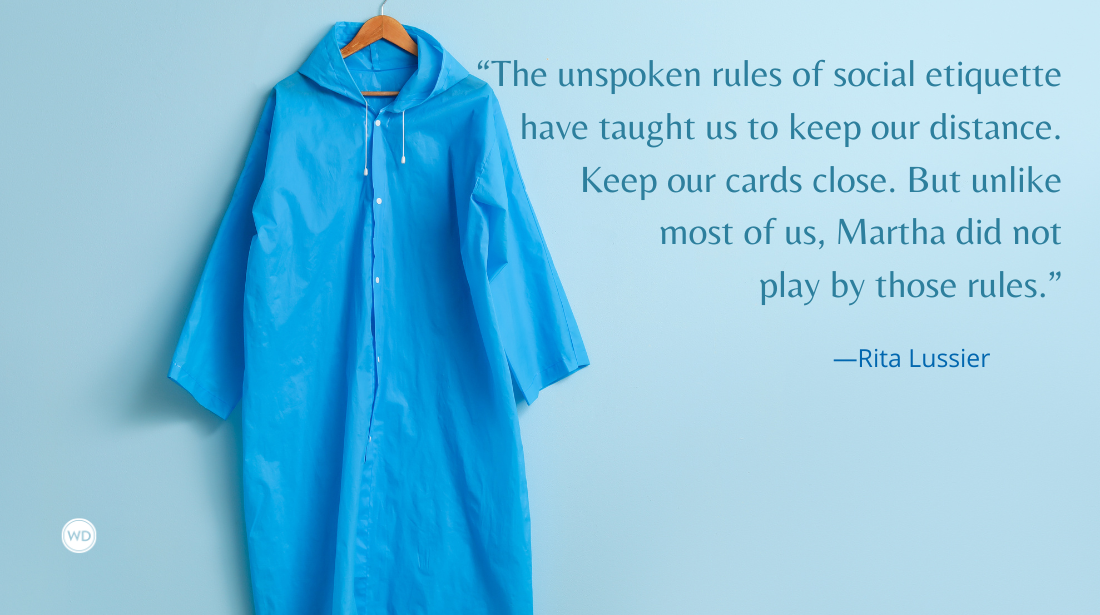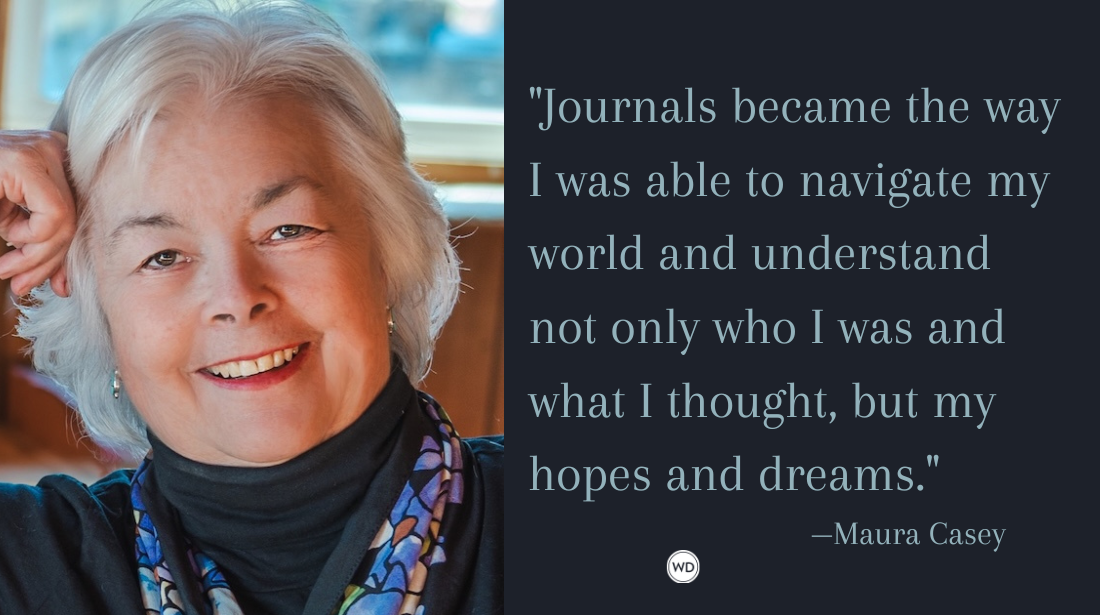How to Hunt Down New Stories to Cover as a Journalist
Writing comes second; finding the story comes first. Here, journalist Alison Hill shares how to hunt down new stories to cover as a journalist.
As journalists we’re constantly hunting for story ideas. Many of us, especially those new to the profession, can find this challenging at times.
As a rookie reporter I was running a field office after only two weeks training and had to quickly learn effective story-finding tricks to fill half a weekly newspaper. Initially, generating enough article ideas was tough, but I soon settled into a rhythm. John Steinbeck sums it up beautifully: "Ideas are like rabbits. You get a couple and learn how to handle them, and pretty soon you have a dozen."
Now, like most seasoned writers, I’m always in journalistic mode, with story ideas popping up everywhere—during conversations, in publications and blogs, on social media, and even in coffee shops.
So, whether you plan to write news articles, features, profiles, or reported essays, here are some tips to help you dig up interesting new stories to cover.
*****
The Writer’s Digest Guide to Journalism is a practical, informative, and well-researched introduction to journalism and its best practices, with actionable advice, tips, techniques, explanations, and anecdotes straight from the field. In this digital guide, writers will learn how to write an effective news piece, skills need to be an effective journalist, outlets for publishing journalism, journalism associations, and so much more. Both inspirational and pragmatic, The Writer’s Digest Guide to Journalism is packed with valuable resources for aspiring journalists.
*****
Scan Local News Resources
Local newspapers, magazines, newsletters, and news sites are bulging with potential stories for you to pitch or blog about, so scan these publications regularly for ideas. You may find a local person doing extraordinary work, a small business owner that beat the odds, or an old building with a fascinating history. You can take a local story and nationalize it, either as a standalone or as part of a larger feature. Or conversely, you can localize a big, national story.
Read Everything You Can Find
Get into the habit of reading everything from fashion blogs to fiction, even if it’s something outside your wheelhouse. An article, book, or newsletter could spark an idea or be fodder for a wider story.
Local Government Meetings
Local government meetings—city, town, and county—are a great place to find local stories, especially if you’re interested in planning issues. As a 20-something reporter I had to cover the town council yet knew nothing about the process. So, I scanned the room and picked out the person with the kindest eyes and asked him to explain the ropes. He became a valuable and trustworthy contact, and these meetings generated countless stories that were not only interesting but an invaluable public resource.
Councilors will be present at these meetings, so don’t be afraid to approach them for a quote on the spot. They’re publicly elected officials and have a duty to respond to your questions, and the meetings are open to the public, so you can also get citizen responses. Depending on the issue, these meetings can get heated, so be prepared.
Swipe Social Media
Social media sites are packed with story ideas so spend a few minutes swiping your accounts each morning to see what people are talking about. Don’t forget to also check the comments sections as you can find some insightful gems—just tread carefully and use this as general research not as source material. You can also join various specialty Facebook groups, as these can generate story ideas in specific fields and areas of interest from female backpackers to digital marketing. LinkedIn is a great place to find business and work-related story ideas.
Attend Local Events
You can find plenty of story ideas through covering events, such as parades, demonstrations, protests, and political rallies. The event itself is one story, but you can also delve deeper, by interviewing the speakers and/or attendees and finding out some of their background. Maybe ‘Santa’ or a member of the marching band has an interesting tale to share. You can also conduct some random vox pops (person on the street interviews) and incorporate these answers into an article or edit and share the footage.
Be a Joiner!
There are countless groups you can join either in person or online, covering every interest, hobby, and topic imaginable. People on such online forums love to share their stories and experiences, so this is a gold mine not only for story ideas, but also as a resource for people willing to be interviewed. It’s a win-win.
Network and Socialize
If you’re invited to any type of event, please attend if you can. You never know who you’ll meet, and you could even get a scoop. I’ve been invited to countless get-togethers, lunches, talks, and seminars, ending up at venues like the Denver mayor’s mansion, chatting to famous British politicians, interviewing celebrities, and meeting community leaders and activists. Don’t be shy, work the room, chat to people, ask questions, and leave with a big pile of business cards.
Be Observant
Stories are all around us, wherever we are, among colleagues, neighbors, or even on a solo hike. A casual conversation with a friend or a serious business call can unearth a good story. Just be vigilant and alert. And don’t forget to examine your own life and experiences if you’re interested in writing personal essays.
Go Places
Go somewhere—like your local flea market—and ask people questions. One of my first magazine features was about a couple who bought and sold at flea markets, and I also interviewed some of the vendors who had fascinating backgrounds and weird merchandise for sale.
Eavesdrop
Grab a book, magazine, or your laptop and sit in a coffee shop for a few hours and casually listen to the conversations around you, without being creepy and ‘stalky’ of course. What are people talking about? You may stumble across a Moms-over-40 group talking about age discrimination for instance (when I was pregnant not too long ago, the medical profession actually referred to pregnancies over age 35 as ‘geriatric’!); I’ve even overheard job interviews being conducted at Starbucks in Barnes & Noble. So, go get a coffee!
Google it!
You can always cheat by searching for ‘best article ideas for 2023’ and see what pops up. Just be mindful that many other writers may be checking out the same content and that these suggestions are mostly about topics and issues rather than original stories. If you want to stay fresh and unique then do your own thinking, researching, and digging.
One More Thing…
Keep an ideas file either in a notebook or on a device and always carry it with you. You never know when a story might pop up—you could be in an airport lounge or in line at the grocery store when an elderly man can’t pay and a lady behind you foots the bill (true story). So be ready to jot down some notes or use your voice memos app, whatever works for you.
Good luck on your story hunt and we hope these tips are helpful. This is the best part of our job, wouldn’t you agree?
Alison Hill is a freelance writer, journalist, and Emmy-nominated producer who writes for print and online publications. Since 2001, Alison has been a regular guest commentator on BBC radio news shows discussing US politics and current events. Before going solo, she was a PBS producer and director and also worked as an investigative journalist for a Welsh TV series. From hosting TV shows and creating online content to going undercover with a hidden camera, she’s done it all. Alison grew up in a tiny village in Wales and speaks fluent Welsh. She’s an avid hiker, who also loves camping, kayaking, and reading. She now lives in South Carolina with her husband, 8-year-old daughter, and two rescue cats.



